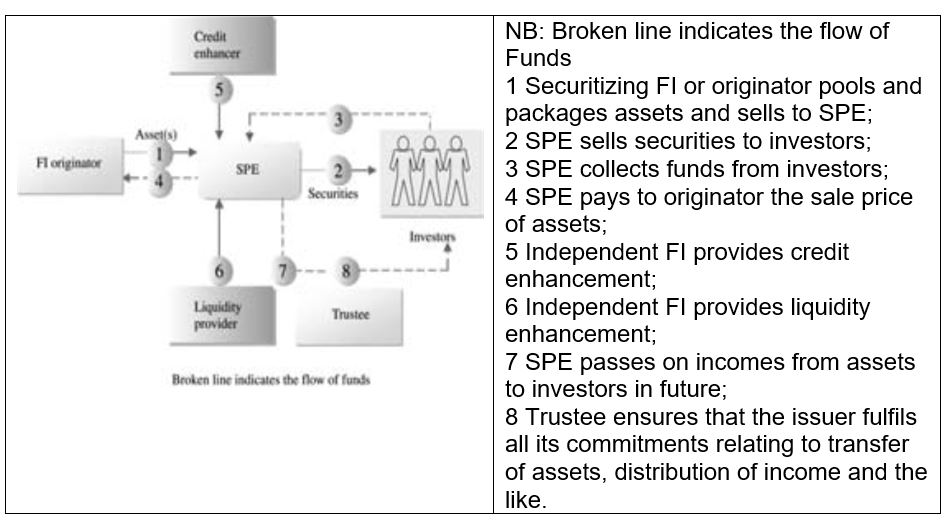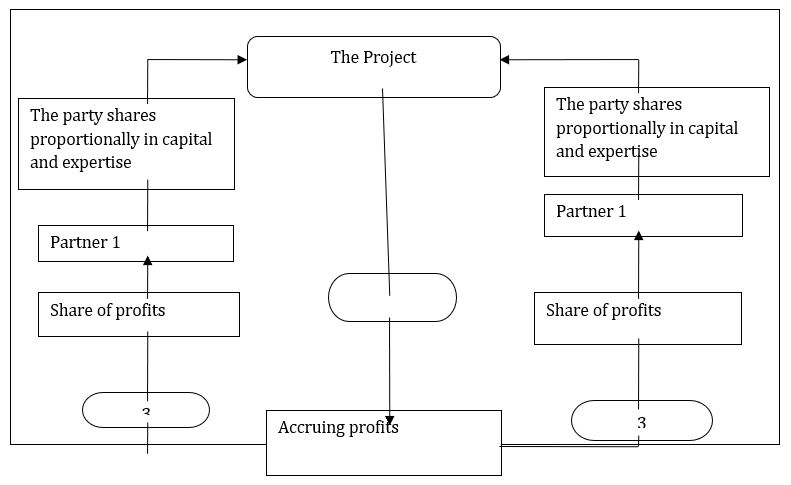Introduction
The purpose of this report is to study the use of waves and tides to generate power. The history of the use of waves and tides will be briefly discussed below within this introduction. The theory of the use of waves and tides to generate electricity will be discussed in later sections. The economic and technological issues related to the use of waves and tides to generate power will also be discussed within these later sections.
The use of waves to generate power has a history of over 200 years. A device that makes use of waves to create electricity was patented in 1799 ( Cruz, 2008, p. 2 ). In 1910, Bochaux-Praceique made use of a vertical shaft of water to provide electricity for his home ( Maritnez, Notta, and Burnham, n.d. ). Finally, the electricity produced by the action of ocean waves was transferred to a power grid in 2004 ( Maritnez et al., n.d. ).
While the use of waves to generate power is a little over 200 years old, the history of generating electricity is relatively new. Indeed, the first power plant to make use of tides was built in 1967 in La Rance, France ( Peppas, 2008, p. 18 ). The amount of electricity generated by this power plant is sufficient to power 250,000 homes ( Peppas, 2008, p. 18 ).
The remainder of this paper will be devoted to the theory and issues (both technological and economic) related to the generation of power by tides action of waves and tides.

Theory
The source of the energy stored by ocean waves is different from the source of the energy stored by tides. The source of the energy stored by ocean waves is the winds being blown across these bodies of water ( Joshi, n.d.,.p. 191 ). To be more specific, these ocean waves are produced as the result of the way in which the friction occurring between the atmosphere and sea interacts with the wind blowing across the surface of the sea ( Joshi, n.d., p. 191 ). In turn, this implies that the original source of energy being stored by the ocean waves is the Sun since its radiation drives Earth’s winds and weather ( Weissenbacher, 2009, p. 764 ). In contrast, the energy stored by tides is the result of the gravitational potential energy of the Sun and Moon ( Kamphuis, 2000, p. 118 ).
There are a few different mechanisms by which the energy stored within waves and tides can be converted into electrical power. Of course, each of these different mechanisms ultimately runs a generator. The following paragraphs will discuss three of these techniques.
The first possible mechanism is referred to as an “oscillating water column” ( Joshi, n.d., p. 191 ). It was this technique that was originally developed by Bochaux-Praceique in 1910 to power his home ( Martinez, n.d. ). The waves alternatively compress and rarify air within a device ( Joshi, n.d., p. 191 ). This alternate compression and ratification of air are used to drive the turbines of a generator to create electricity ( Joshi, n.d., p. 191 ).
This technique is illustrated within the image below ( Introduction to Tidal Power, n.d. ). As the tide rises, within this apparatus, the air within the lower portion of the apparatus (below the dark line near the bottom of the device is compressed). There are a series of openings within the ceiling of this lower portion of the device. The air passing through this upper ceiling of this first portion enters a second portion which is a volume containing a turbine. This second volume is the region above the heavy line within the Figure below. The upward flowing air causes a turbine to turn in one direction. On top of the second volume is the second set of openings. The purpose of this second set of openings is to create a pressure difference between the ceiling of the first portion of the device and the second volume. This pressure difference creates an air current that travels from the bottom of the second volume to the top of the second volume. As the air current flows upward it turns the aforementioned turbine. If the tide is falling, then the air pressure is less than the air pressure outside the device. This means that air flows from the aforementioned openings within the second volume to the aforementioned openings within the ceiling of the first portion. Once again, this causes the turbine to turn. Therefore, the turbine turns as the result of the tide rising or falling.

The second technique, for tapping the energy from waves and tides, is called a “wave capture device” ( Joshi, n.d., p. 191 ). This device captured and kept within a reservoir ( Joshi, n.d., p. 191 ). This stored water is then permitted to flow back into the ocean ( Joshi, n.d., p. 191 ). As the water returns to the ocean, it drives the turbines of a generator to produce electricity ( Joshi, n.d., p. 191 ).
An example of this second technique is provided by the device known as the Oyster device being developed by Aquamarine ( DP Energy, 2010 ). The schematics for this device are depicted within the illustration following this paragraph. Seawater strikes a flap that operates a pair of hydraulic pistons whose action pump seawater onshore ( Oyster Wave Power, n.d. ). In turn, the seawater that is pumped onshore is used to run a typical hydroelectric turbine to generate electricity ( Oyster Wave Power, n.d. ).

The third and final type of mechanism is referred to as “wave profile devices”. These devices float on the surface ( Joshi, n.d., p. 191 ). As they oscillate along the vertical direction they run generators ( Joshi, n.d., p. 191 ).
Method
The information used to create this report was obtained from performing research from authoritative books as well as educational websites on the Internet.
Discussion
This section will discuss the technological and economic issues with regard to using waves and tides to generate power. This report makes a distinction between those technological issues related to the generation of power and the theory of the technology used to generate power from waves and tides. Please see the section titled Theory for a discussion of the theory of the technology used to generate power from waves and tides. The topic of technological issues relates to those challenges which must be met to implement the aforementioned theory.
One of the issues related to the use of tides concerns the change in height of the tide. That is, the power which is able to be produced by tapping into the energy stored within tides depends upon the difference between the height of high tide and the height of the low tide. While it may be expected that this height would be the same because of the regularity of the motion of the Earth and Moon, there are temporal and geographical variations in this difference. These variations are caused by the elliptical shapes of the orbits of the Earth and Moon, the fact that the plane of the Moon’s orbit is at an angle with respect to the Earth’s orbit, and geographical factors involving the Earth’s surface ( Kamphius, 2000, pp. 122 – 123 ). As a result, the locations at which tidal generators are suitable are limited.
With regards to the conversion of the energy stored by a wave into electrical power, the major issue that yet needs to be overcome by engineers is the fact that the energy stored by the wave is typically distributed over an extended region ( Wadhwa, 1989, p. 10 ). The width of the wave may be several tens of kilometers ( Mader, 2004, p. 148 ). Therefore, it may be impractical to retrieve all of the energy stored by the wave.
At present, the economics of the power generated from waves and tides is rather grim. Banking experts have used the adverbs “costly” and “risky” to describe the financial potential associated with the power generated from waves and tides ( World Bank, World Bank Group, 2007, p. 153 ). This bleak outlook is paralleled by the fact that the number of power plants around the world consists of a single commercial wave power plant within the United Kingdom and several “demonstration wave power plants” distributed around the globe ( International Energy Agency, 2007, p. 237). Nonetheless, the economic potential of the power which is generated from waves and tides is respectable. For example, even though the ability of the tides to generate power is geographically limited (see above) the countries of Norway, France, Canada, China, and Russia collectively produce 325 MW of power from the tides ( International Energy Agency, 2007, p. 237 ). This number is expected to increase to 35 TWh by the year 2030 ( International Energy Agency, 2007, p. 237 ).
Conclusion
This report has discussed the technological and economical issues associated with the generation of power by tapping into the energy stored by waves and tides.
References
Cruz, J. (2008). Ocean Wave energy: current status and future perspectives.
DP Energy (2010). Web.
Interational Energy Agency (2007). World energy outlook 2004.
Introduction to Tidal Power (n.d.). Web.
Joshi, D. M. (n.d.). Living science physics 10.
Kamphuis, J. W. (2000). Introduction to coastal engineering and management. World Scientific.
Mader, C. L. (2004). Numerical modeling of water waves. CRC Press.
Martinez, Notta, Burnham (n.d.). Web.
Oyster Wave Power – How It Works (n.d.). Web.
Peppas, L. (2008). Ocean, tidal, and wave energy: power from the sea. Crabtree Publishing Company.
Wadhwa, C. L. (1989). Generation, distribution, and utilization of electrical energy. New age international.
Weissenbacher, M. (2009). Sources of power: how energy forges human history. ABC-CLIO.
World Bank, World Bank Group (2007). Global economic prospects: managing the next wave of globalization.